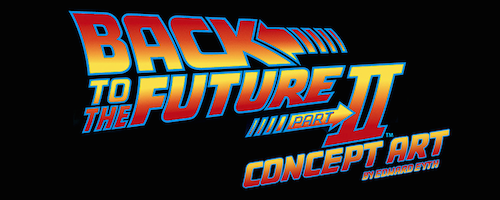
Today, Buzzfeed published the following photo essay, featuring Product Design alum Edward Eyth’s “Back to the Future Part II” concept art. The piece offers a prescient glimpse at the 1988 sketches of the futuristic world of 2015. What better way to kick off the weekend than by looking back at an Art Center alum’s vision for the future that is now.
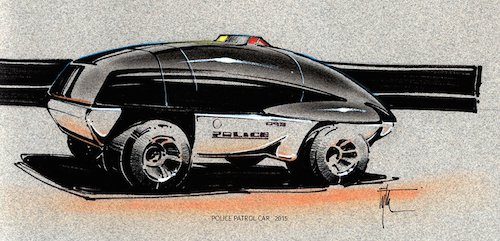
Edward Eyth is a California-based designer who has provided concept design for the likes of Walt Disney, Steven Spielberg, and Jim Henson.
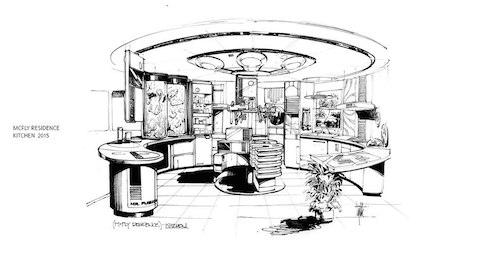
In 1988, Eyth was part of the team who dreamed up a vision of 2015 for Back to the Future Part II.
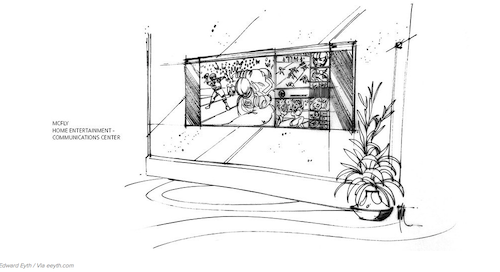
Now we’ve arrived in 2015, Eyth has posted some of his early concept art for the film on his website. It’s a vision of the future more than 25 years old that in places is scarily accurate, and in others still ahead of its time.
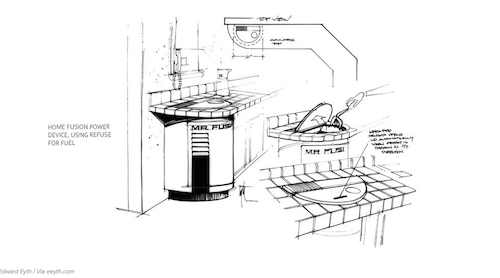 Eyth told BuzzFeed: “At that point in Hollywood there were just a handful of concept designers providing art to accommodate the sci-fi renaissance that Star Wars, Tron and other films started.”
Eyth told BuzzFeed: “At that point in Hollywood there were just a handful of concept designers providing art to accommodate the sci-fi renaissance that Star Wars, Tron and other films started.”
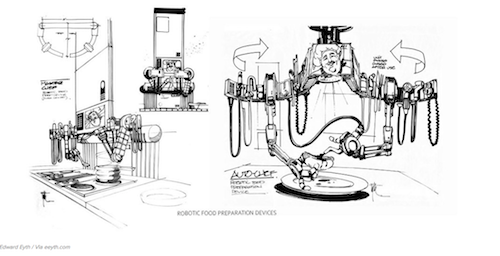 “Word of mouth was the primary means of getting work – often a director or producer I’d worked with would pass my name on when a sci-fi project entered pre-production.”
“Word of mouth was the primary means of getting work – often a director or producer I’d worked with would pass my name on when a sci-fi project entered pre-production.”
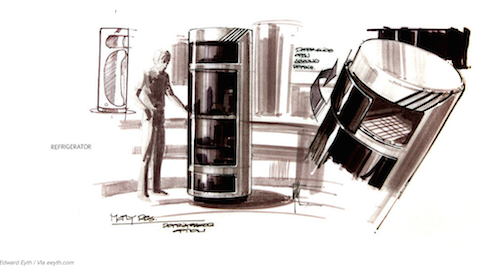 “In this case, it was a dream gig: Sit in a trailer on the Universal Studios lot with a handful of other ‘visual futurists’ and speculate about what the experience of living in 2015 would be like.”
“In this case, it was a dream gig: Sit in a trailer on the Universal Studios lot with a handful of other ‘visual futurists’ and speculate about what the experience of living in 2015 would be like.”
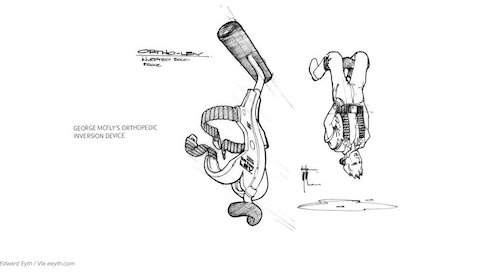 “Fortunately this could all be done with an imaginative flair, since the film had a playful tone and a tolerance for some outlandish concepts.”
“Fortunately this could all be done with an imaginative flair, since the film had a playful tone and a tolerance for some outlandish concepts.”
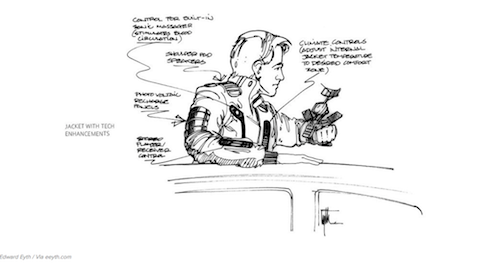 “A film’s visuals are primarily dictated by the script, combined with the director’s vision. Within that structure there’s still a lot of room for creative exploration.”
“A film’s visuals are primarily dictated by the script, combined with the director’s vision. Within that structure there’s still a lot of room for creative exploration.”
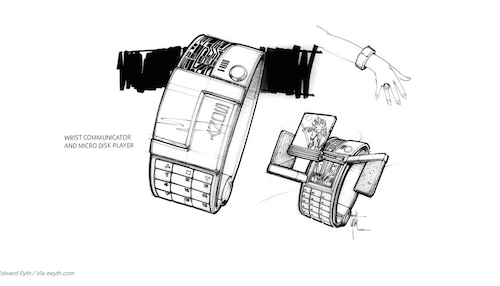 “I was inspired by Syd Mead’s work on Blade Runner and Tron [and] the sketchbooks of Joe Johnston for the Star Wars films – the great sci-fi films that preceded BTTF II drove my urge to be in the film industry.”
“I was inspired by Syd Mead’s work on Blade Runner and Tron [and] the sketchbooks of Joe Johnston for the Star Wars films – the great sci-fi films that preceded BTTF II drove my urge to be in the film industry.”
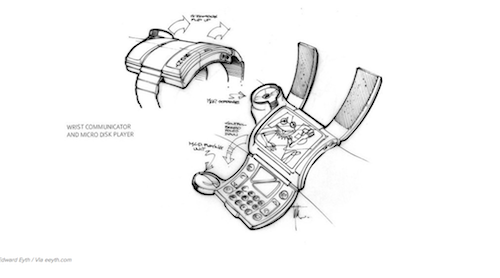 “And great product design inspires me; the ability to inventively problem-solve and explore the form and function of objects.”
“And great product design inspires me; the ability to inventively problem-solve and explore the form and function of objects.”
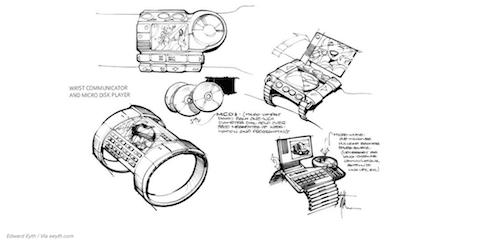 “Filmmakers take a big risk when making any bold statements about how the future will play out.”
“Filmmakers take a big risk when making any bold statements about how the future will play out.”
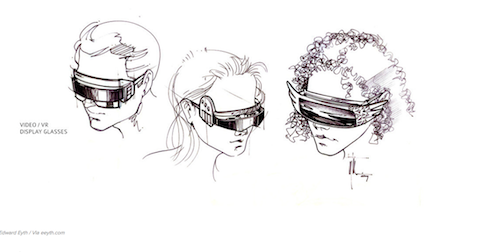 “In Back to the Future [Part II], it was more about projecting forward three decades and creating a visual experience that was realistic and relatively optimistic.”
“In Back to the Future [Part II], it was more about projecting forward three decades and creating a visual experience that was realistic and relatively optimistic.”
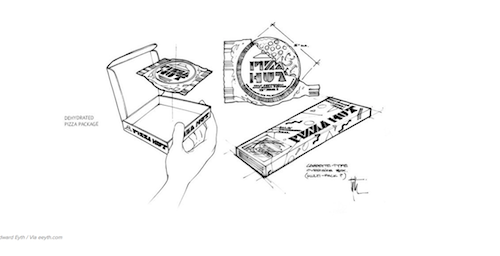 “To accomplish that required exploring projected technologies and trying to imagine what the ‘next step’ in that progression would be.”
“To accomplish that required exploring projected technologies and trying to imagine what the ‘next step’ in that progression would be.”
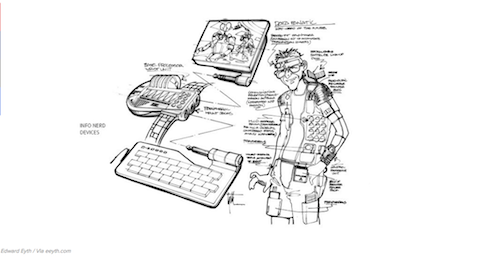 “Things I think I got right: much of the personal electronics, hand-held tablets, video glasses, video conferencing, multi-channel flatscreen monitors, dehydrated food.”
“Things I think I got right: much of the personal electronics, hand-held tablets, video glasses, video conferencing, multi-channel flatscreen monitors, dehydrated food.”
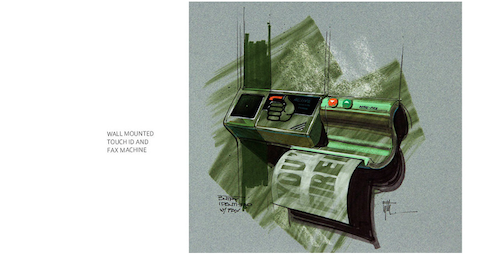 “As for wrong: the prevalence of fax machines. So wrong, but that was in the script, so I won’t take responsibility.”
“As for wrong: the prevalence of fax machines. So wrong, but that was in the script, so I won’t take responsibility.”
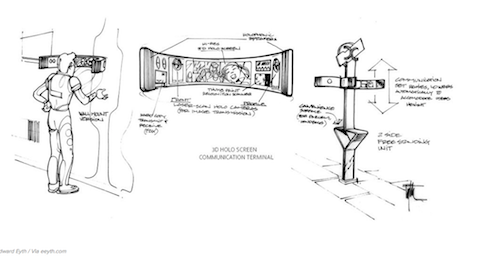 “When I was assigned to create a layout for the 2015 USA Today newspaper, I inserted a feature on the cover that mentions ‘Washington prepares for Queen Diana’s visit’. A lighthearted projection that’s now so wrong, sadly.”
“When I was assigned to create a layout for the 2015 USA Today newspaper, I inserted a feature on the cover that mentions ‘Washington prepares for Queen Diana’s visit’. A lighthearted projection that’s now so wrong, sadly.”
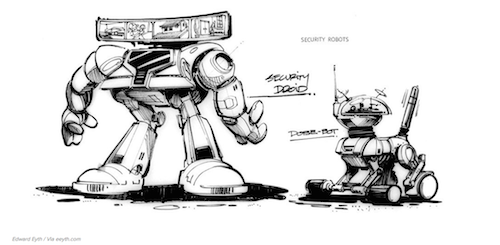 “Doc Brown’s DeLorean time machine is my favorite design from the film, though I had absolutely nothing to do with designing it.”
“Doc Brown’s DeLorean time machine is my favorite design from the film, though I had absolutely nothing to do with designing it.”
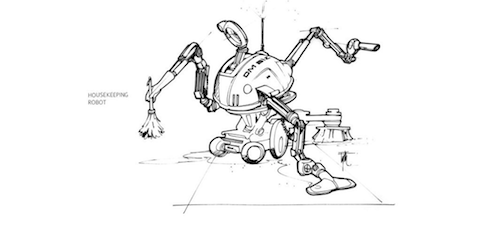 “I always liked the design of the DeLorean itself, and the inventive time machine elements just looked so nicely handmade and believably fabricated in some garage science lab.”
“I always liked the design of the DeLorean itself, and the inventive time machine elements just looked so nicely handmade and believably fabricated in some garage science lab.”
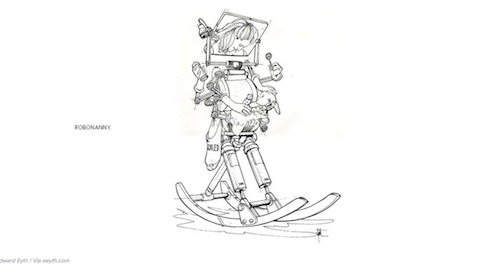 “As for designs that didn’t make it into the film, the Robonanny was probably my favorite. I finished that sketch and thought it would really work as a product.”
“As for designs that didn’t make it into the film, the Robonanny was probably my favorite. I finished that sketch and thought it would really work as a product.”
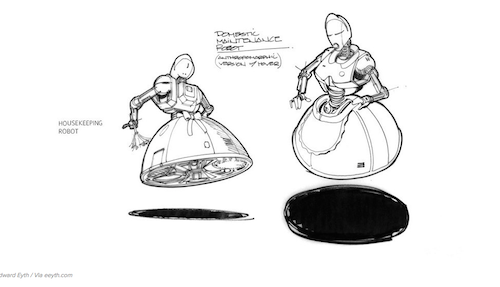 “(Director) Bob Zemekis loved the idea, it was built, filmed, and ultimately ended on the cutting-room floor. That’s showbiz.”
“(Director) Bob Zemekis loved the idea, it was built, filmed, and ultimately ended on the cutting-room floor. That’s showbiz.”
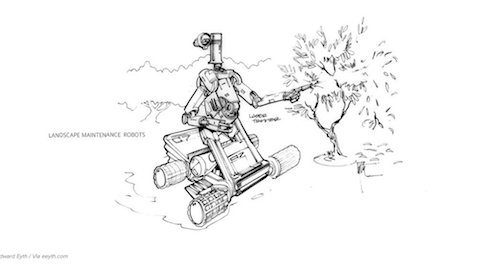
“The driving incentive in entertainment is to create something that’s never been seen before, and artists & writers have free reign to create things that might be completely unrealistic in the current state of technology.”
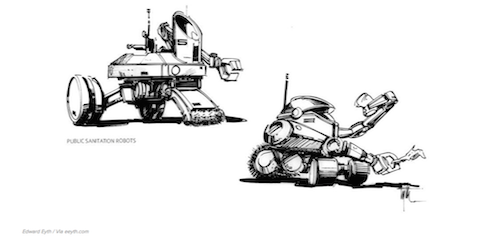 “To some extent engineers and commercial designers are constrained by manufacturing budgets, market realities, and generating revenue. Few companies have the resources to experiment and innovate in bold ways.”
“To some extent engineers and commercial designers are constrained by manufacturing budgets, market realities, and generating revenue. Few companies have the resources to experiment and innovate in bold ways.”
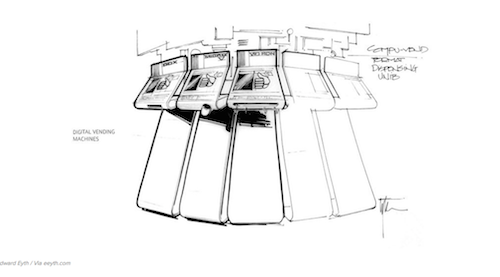 “More importantly, I think fictional films and narratives can have a dramatic influence on cultural consciousness.”
“More importantly, I think fictional films and narratives can have a dramatic influence on cultural consciousness.”
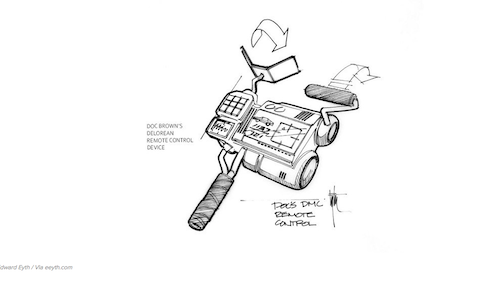 “You can portray a future that’s dreadful and bleak, or create excitement about a ‘how cool would this be?’ scenario.”
“You can portray a future that’s dreadful and bleak, or create excitement about a ‘how cool would this be?’ scenario.”
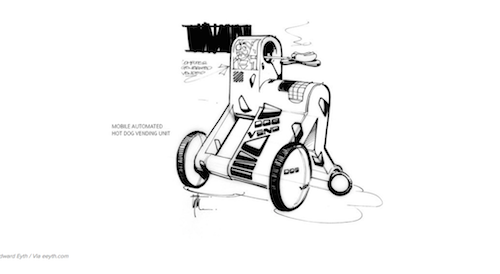 “I prefer working on the latter, and using the power of media to plant the seeds of hopefulness.”
“I prefer working on the latter, and using the power of media to plant the seeds of hopefulness.”
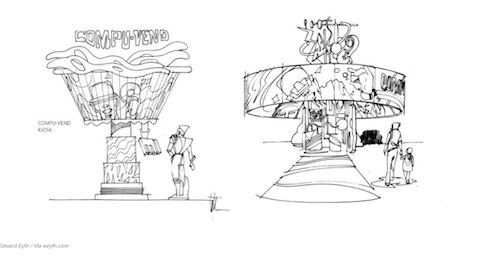 “Twenty-six years later, the film is still a gem of great entertainment, and I find satisfaction in seeing people continue to view the films and enjoy them.”
“Twenty-six years later, the film is still a gem of great entertainment, and I find satisfaction in seeing people continue to view the films and enjoy them.”
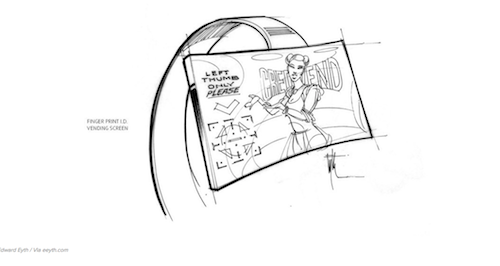 “It was a privilege to work with Bob Zemekis, a visionary director, and the entire crew of talented artists who participated in the production.”
“It was a privilege to work with Bob Zemekis, a visionary director, and the entire crew of talented artists who participated in the production.”
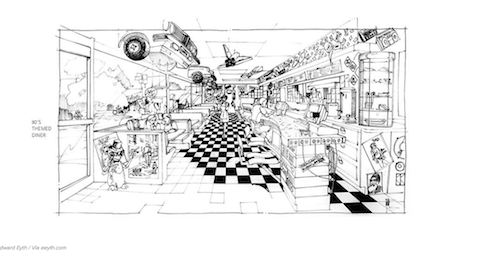 “I have a DeLorean in my garage that I’m trying to convert into a time machine so I can go back and get it right this time so the film holds up under all the fan scrutiny it’s experiencing now.”
“I have a DeLorean in my garage that I’m trying to convert into a time machine so I can go back and get it right this time so the film holds up under all the fan scrutiny it’s experiencing now.”








